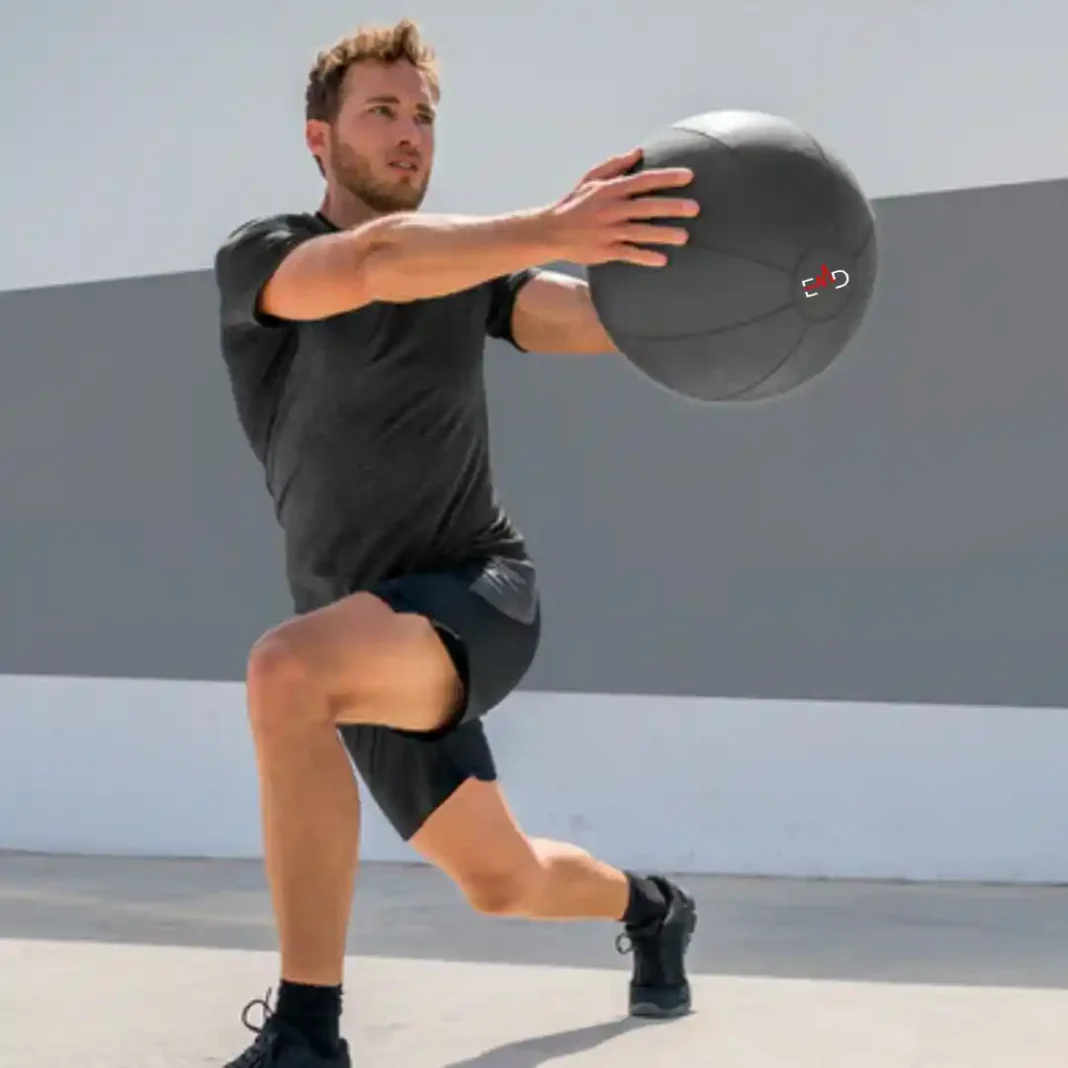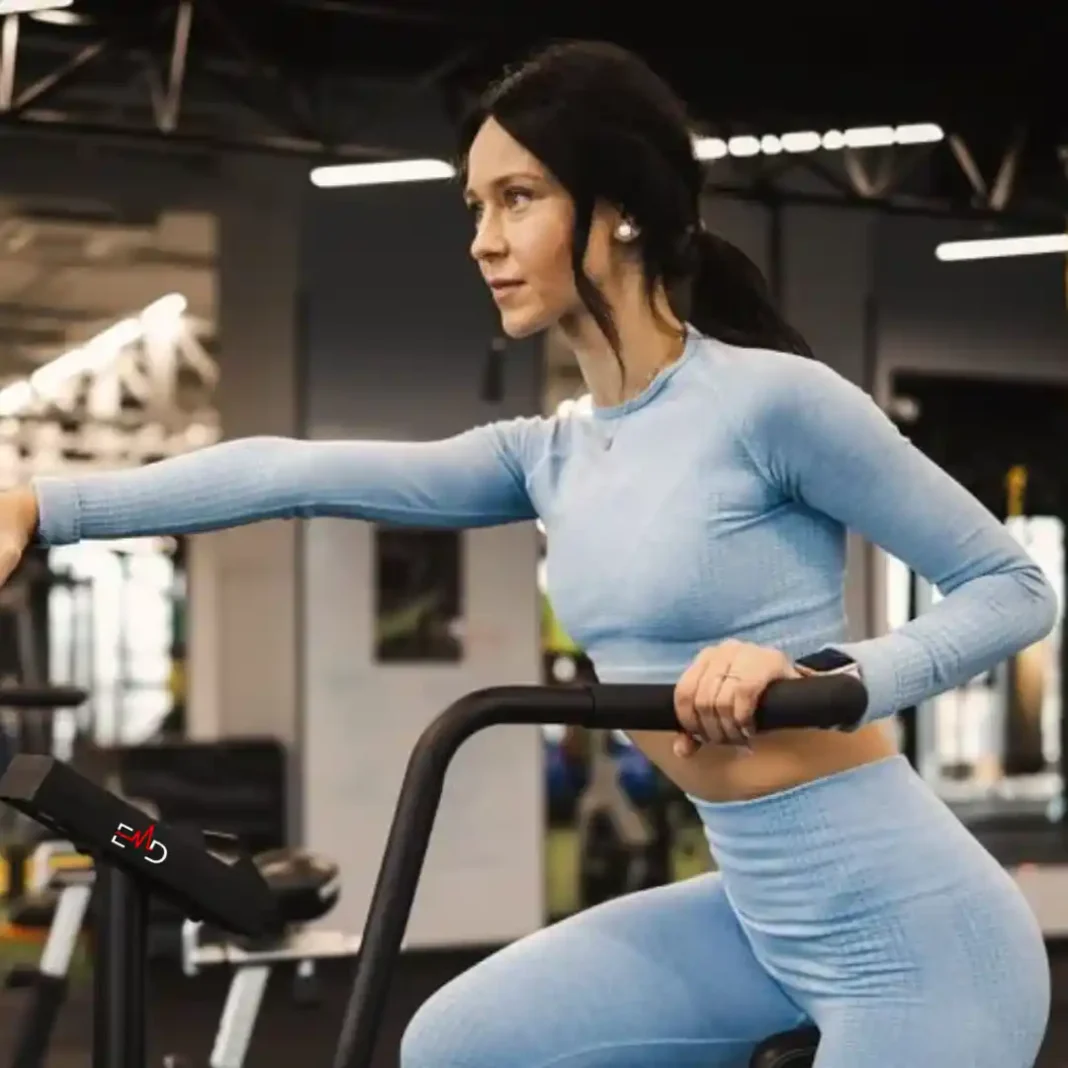Exercise Daily – Whether you’re an athlete, weekend warrior, or someone looking to move pain-free, mobility exercises are fundamental to improving joint mobility and overall athletic performance. Mobility refers to the ability of your joints to move through their full range of motion, which is crucial for preventing mobility restrictions and enhancing movement efficiency. By incorporating targeted mobility training exercises into your daily routine, you can increase your ankle, hip, and upper back mobility, allowing for better strength training and reduced injury risk. These exercises, such as keeping your knee bent or your feet flat on the floor, are a great way to improve your body’s flexibility and stability.
For those new to mobility training, it’s important to consider mobility as the foundation for better movement patterns and overall physical health. Adding a structured mobility program to your exercise routine improves mobility and increases strength, agility, and balance. Whether working on hip mobility or addressing mobility problems in the lower back, consistently practicing these exercises can help reduce pain, increase flexibility, and improve your athletic performance. Mobility training may be the missing link in your training regimen, and incorporating these moves will give you better movement and a stronger, more resilient body.
What is Mobility Training?
Mobility training is all about improving your ability to move freely and efficiently. Unlike flexibility, which focuses on muscle length, mobility involves your muscles, joints, and connective tissue working harmoniously. Mobility exercises increase your active range of motion, helping you perform movements without restriction.
Understanding the Science Behind Mobility
Mobility training is often misunderstood as just “stretching,” but it’s much more than that. It focuses on joint integrity and stability, ensuring that your body can maintain control through the entire range of motion. This is achieved by enhancing both the muscles’ flexibility and the surrounding joints’ strength.
Through mobility training, you’re improving movement efficiency and increasing your joints’ longevity. Proper mobility reduces wear and tear, which can help you avoid long-term injuries like osteoarthritis.
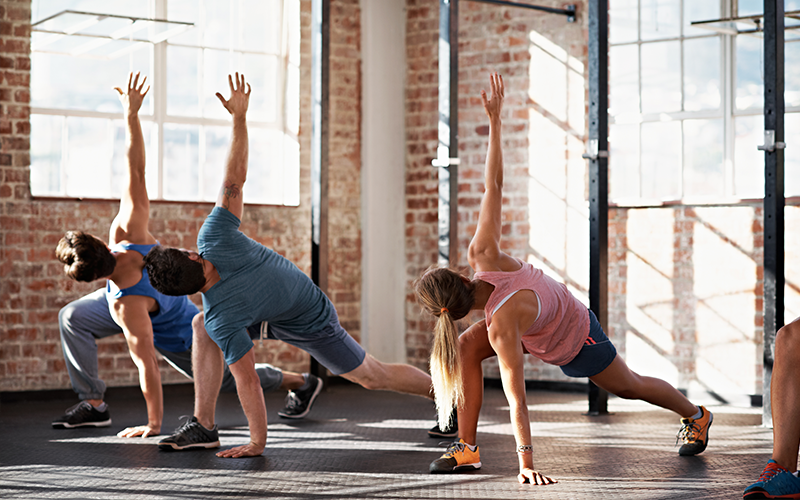
Why is Mobility Important for Performance?
When your joints can move through their full range of motion, you’re able to perform better, whether it’s lifting heavier weights, running faster, or simply feeling less stiff after a long day. Mobility training helps reduce injury risk by ensuring your body can handle different positions and movements.
Mobility and Sports Performance
Athletes, regardless of their sport, benefit from mobility. Whether you’re a weightlifter aiming for deeper squats or a tennis player looking for quicker rotational movements, mobility training improves your performance by allowing you to move more fluidly and efficiently.
Studies have shown that improved mobility not only leads to better athletic outcomes but also reduces the risk of overuse injuries common in repetitive sports.
Benefits of Mobility Exercises
Improved Range of Motion
A larger range of motion allows you to perform exercises more effectively, enabling full muscle engagement and improving your strength and power. Whether you’re doing a squat, deadlift, or an overhead press, good mobility maximizes your performance while minimizing risk.
Reduced Injury Risk
When joints are mobile, they’re less likely to be overstressed. Many injuries occur due to the body compensating for poor mobility in one area by placing excess stress on another. For example, poor ankle mobility can lead to knee pain, while tight hips can cause lower back issues.
Enhanced Athletic Performance
Mobility helps you lift, jump, and move more efficiently. Increased range of motion allows for smoother, more powerful movements, improving performance in everything from running to lifting weights. Athletes with better mobility tend to perform better in their respective sports due to enhanced movement efficiency.
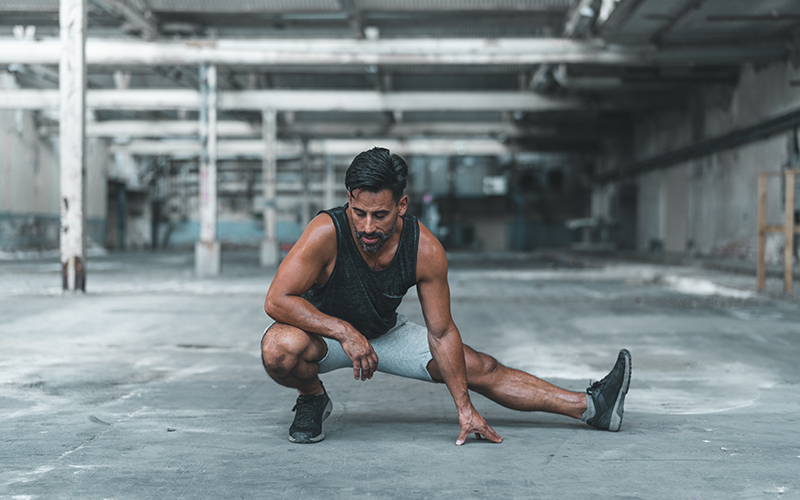
How Mobility Differs from Flexibility
Flexibility refers to your muscles’ ability to lengthen, while mobility is about how well you can move through a range of motion. You can be flexible but still have poor mobility if your joints can’t work effectively.
Dynamic vs. Static Flexibility
While flexibility often involves static stretching (holding a stretch), mobility incorporates dynamic movements. Dynamic flexibility helps increase blood flow, warms up the muscles, and prepares your body for exercise, making it a crucial part of mobility training.
The Importance of Hip Mobility
The hips are the center of your body’s movement. Having good hip mobility improves everything from walking to squatting, and it’s crucial for sports performance. When hip mobility is limited, it can cause compensations in other parts of the body, leading to injuries and decreased performance.
Why Hip Mobility Matters
Your hips help you stabilize during squats and lunges, but tight hips can lead to compensation patterns, such as lower back pain. Focusing on hip mobility will help keep you injury-free and moving efficiently. If you’re an athlete, increasing hip mobility can also improve your explosiveness in movements like sprints, jumps, and changes in direction.
Common Issues from Poor Hip Mobility
- Tightness in the hip flexors: This can cause lower back strain due to compensation during activities like running or weightlifting.
- Reduced squat depth: Poor hip mobility can make it difficult to achieve a full range of motion in your squats, limiting the effectiveness of the exercise.
- Limited hip rotation: This can impact balance and stability during activities that require lateral movements, such as soccer, basketball, or tennis.
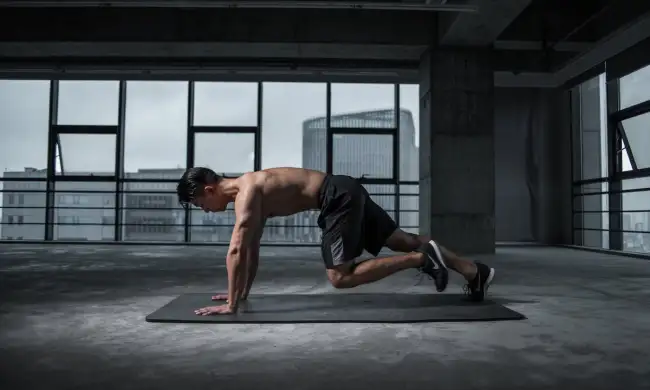
Top 8 Mobility Exercises for Better Performance
Let’s dive into the best mobility exercises to improve your performance and range of motion.
1. Hip Flexor Stretch
The hip flexor stretch is essential for opening up your hips and improving posture.
How to Perform the Hip Flexor Stretch
Start in a lunge position with your back knee on the ground. Push your hips forward until you feel a stretch in your hip flexor. Hold for 30 seconds on each side.
2. Lunge with Rotation
This dynamic exercise improves hip and thoracic mobility, which is crucial for rotational sports like tennis and golf.
Benefits of Lunges for Hip Mobility
Lunges target the hip flexors while adding rotation, which helps improve thoracic spine mobility. This is great for maintaining full-body balance.
3. Squat to Stand
The squat to stand is a fantastic mobility exercise that works your hips, knees, and ankles.
Why This is the Best Mobility Exercise
By moving from a deep squat to standing, you’re increasing your hip, knee, and ankle mobility in one fluid movement. It’s an excellent exercise for improving squat form and a great warm-up before heavy lifting.
4. Shoulder Dislocates
This exercise is great for shoulder mobility, ensuring you maintain a good range of motion in overhead movements.
Upper Body Mobility and Flexibility
Shoulder dislocates stretch and open up your shoulders, preparing you for pressing exercises and improving upper-body performance. This is especially beneficial for those who do weightlifting or swimming.
5. Cat-Cow Stretch
A popular yoga movement, the cat-cow stretch increases spinal mobility, helping you relieve tension in your back.
The Importance of Spinal Mobility
Your spine is central to movement, and this exercise helps improve your upper and lower back range of motion. It’s an excellent stretch for those who spend long hours sitting.
6. Hip 90/90 Stretch
This stretch is fantastic for improving hip rotation, but it is often overlooked in mobility training.
Improving Hip Rotation
The hip 90/90 stretch targets internal and external hip rotation, which is crucial for sports that involve rapid directional changes.
7. Thoracic Spine Rotation
Thoracic spine rotation is key for athletes in rotational sports and for improving overall posture.
Benefits for Overall Range of Motion
Improving thoracic mobility can enhance everything from throwing a baseball to sitting with better posture at your desk. It’s a must for athletes who need a full range of motion in their torso.
8. Ankle Mobility Stretch
Ankle mobility is critical for squats and lunges, as it allows for proper movement mechanics.
Key to Enhancing Your Squat and Lunge
With better ankle mobility, you’ll achieve deeper squats and more stable lunges, reducing injury risk and improving performance.
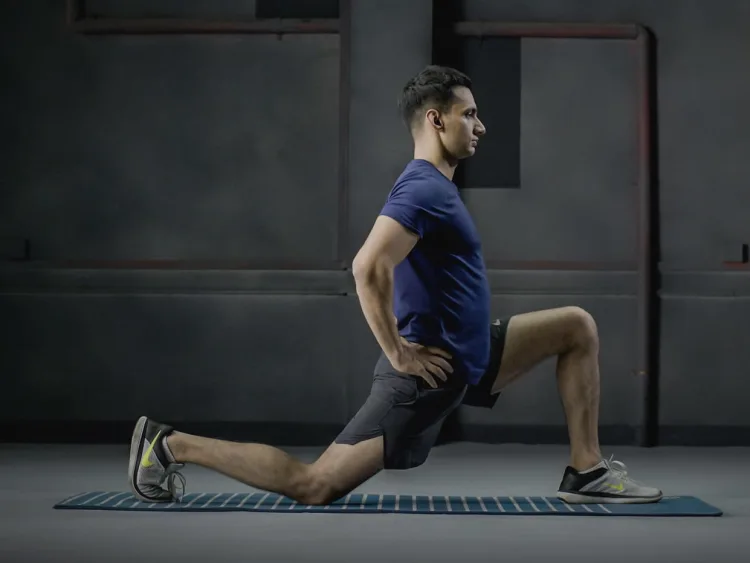
How to Incorporate Mobility Training into Your Routine
Incorporating these mobility exercises into your daily workout routine is simple. Aim for 10-15 minutes of focused mobility work before or after your main workout. Combine static and dynamic movements for the best results.
Creating a Balanced Mobility Routine
To maximize the benefits of mobility training, ensure you’re targeting all major joints, including the hips, shoulders, ankles, and spine. Integrate mobility work into warm-up and cool-down routines to enhance your overall performance.
Tracking Your Mobility Progress
Keep track of how your range of motion improves over time. Take videos of your squats or lunges to see depth and form differences. Additionally, note how your body feels before and after workouts to gauge the effectiveness of your mobility routine.
Final Thoughts
Mobility exercises are key to long-term performance and injury prevention. Adding these eight exercises to your routine will improve your range of motion, strength, and overall comfort. Remember, consistency is key; make mobility a priority!
FAQs
Q: What’s the difference between flexibility and mobility?
A: Flexibility refers to the ability of your muscles to lengthen, while mobility is about how well you can move through a full range of motion involving joints, muscles, and connective tissue.
Q: How often should I do mobility exercises?
A: You should aim to do mobility exercises 3-5 times a week, especially before workouts or on recovery days.
Q: Can mobility exercises prevent injuries?
A: Yes! Mobility exercises help improve joint health and reduce the risk of strains and injuries during physical activity.
Q: Do I need equipment for mobility exercises?
A: Most mobility exercises can be done without equipment, but tools like resistance bands or foam rollers can enhance your routine.
Q: How long will it take to see results from mobility training?
A: You’ll notice improvements in your range of motion after a few weeks of consistent mobility training.


